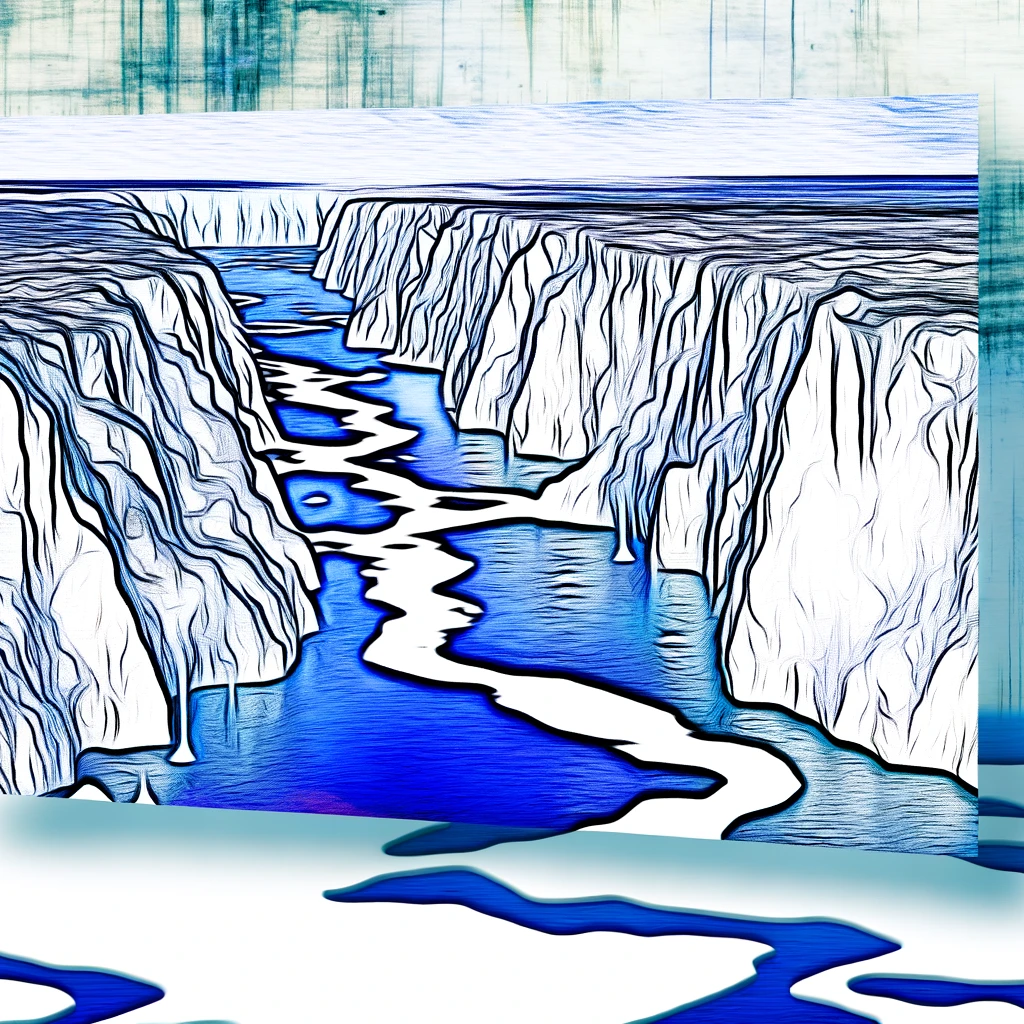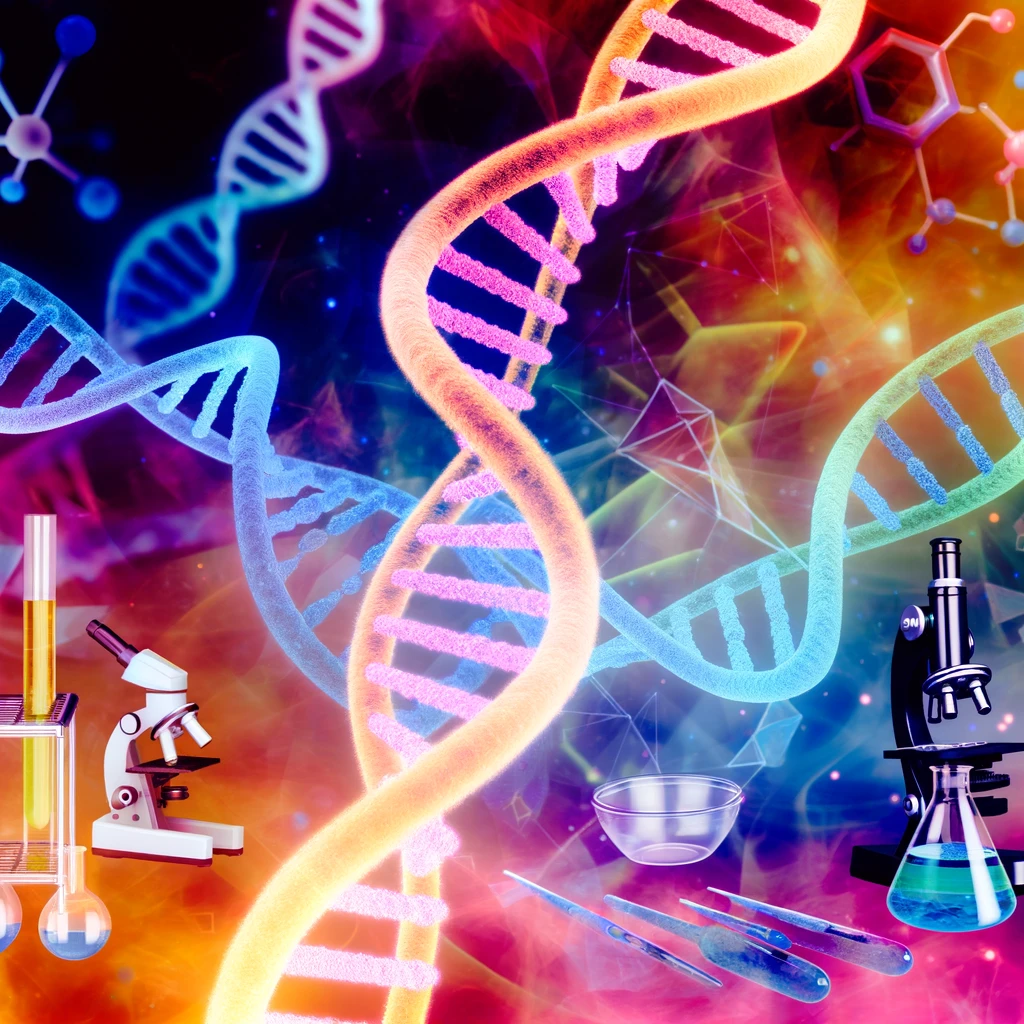
Climate Change: Causes, Effects, and Solutions for a Warming World
Climate change is a critical global issue that is increasingly affecting the world we live in. This article explores the underlying causes, the significant effects on our planet, and potential solutions to combat this pressing problem.
Understanding the Causes of Climate Change
Climate change refers to long-term alterations in temperature, precipitation, wind patterns, and other elements of the Earth's climate system. The primary causes of climate change are anthropogenic, meaning they result from human activity. The most significant contributors include:
- Greenhouse Gas Emissions: Carbon dioxide (CO2), methane (CH4), and nitrous oxide (N2O) are the primary greenhouse gases emitted through the burning of fossil fuels, deforestation, and industrial processes.
- Deforestation: Trees absorb CO2, and large-scale deforestation reduces the planet's capacity to sequester carbon, exacerbating climate change.
- Industrial Activities: Manufacturing, transportation, and energy production release significant amounts of greenhouse gases into the atmosphere.
The Effects of Climate Change
The impacts of climate change are far-reaching and affect every aspect of life on Earth. Key effects include:
1. Rising Global Temperatures
The Earth's average surface temperature has risen significantly over the past century, leading to more frequent and severe heatwaves.
2. Melting Ice Caps and Rising Sea Levels
Glacial and polar ice melting contribute to rising sea levels, threatening coastal communities and ecosystems.
3. Extreme Weather Events
Increased frequency and intensity of storms, floods, droughts, and wildfires are linked to climate change, leading to devastating economic and humanitarian impacts.
4. Loss of Biodiversity
Many species are unable to adapt to rapidly changing climates, leading to habitat loss and increased extinction rates.
Solutions for a Sustainable Future
Addressing climate change requires concerted efforts from individuals, governments, and organizations. Key strategies include:
1. Transitioning to Renewable Energy
Switching from fossil fuels to renewable energy sources like solar, wind, and hydroelectric power can drastically reduce greenhouse gas emissions.
2. Enhancing Energy Efficiency
Improving the energy efficiency of homes, buildings, and industries reduces energy consumption and emissions.
3. Promoting Sustainable Agriculture
Practices such as crop rotation, organic farming, and agroforestry can reduce the carbon footprint of agriculture.
4. Conservation and Reforestation
Protecting existing forests and planting new trees helps absorb CO2, mitigate climate change, and preserve biodiversity.
5. Policy and Innovation
Governments must implement policies to regulate emissions, support clean energy, and encourage innovative solutions to climate challenges.
In conclusion, while the challenges posed by climate change are formidable, there are numerous strategies and solutions available to mitigate its effects and ensure a sustainable future. Collective action and commitment from all sectors of society are essential to address and overcome this global crisis.
Related Articles





